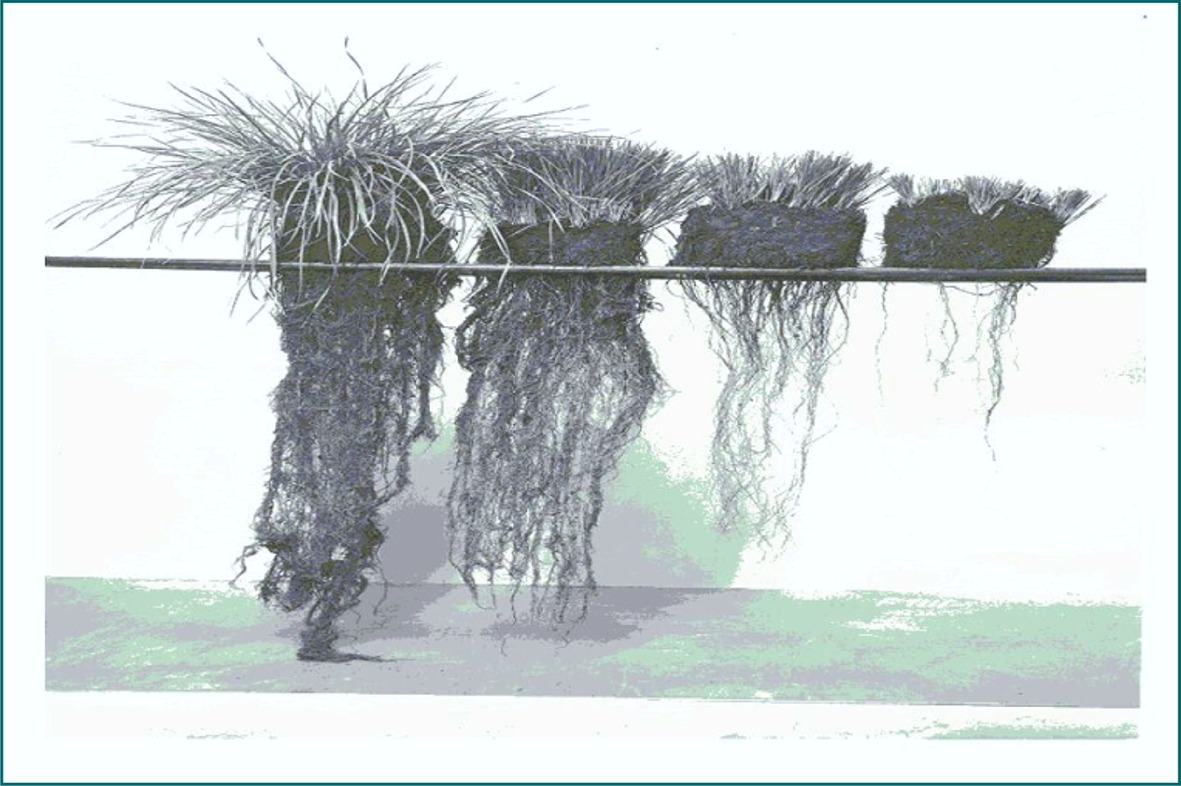| |
Spring Grazing - Frequently Asked Questions | |
| |
|
|
| |
|
|
| | When can my cows be put out onto pasture in the spring?
Pastures should not be grazed until the 4-leaf stage or when the plants are at least 6 to 8 inches tall. If you have a high proportion of legumes in the pasture, do not graze until the plants are 8 to 12 inches tall. Grazing native range before the third leaf stage can result in the loss of over 60% of the potential forage yield. Grazing a pasture too early will result in the vegetation being removed before the plants have had a chance to replenish root reserves. Grazing one week too early in the spring will sacrifice three weeks of grazing in the fall.
How can rotational grazing improve the health your pastures?
Forage plants need at least one month of rest to regrow properly and to replenish their nutrient levels. Don’t overgraze, leave some plant material behind so the plants will continue to grow. Leave 2 to 6 inches of plant residue; the more leaf area remaining, the more photosynthetic material available to replenish root nutrient reserves.
How often should I move my cattle from pasture to pasture?
Cattle should be moved based on the growth rate of the pasture and the height of the forage. Forages grow more rapidly in the spring, so cattle will need to be rotated more often, (4 days or less) grazing to a higher height (6 to 8 inches) but still enough to avoid heading and maturity of the forage. As grass growth rate declines through the summer, the frequency of rotation can be decreased.
What is over-grazing and how does it affect the pasture?
Over-grazing is a function of timing and duration of grazing. It usually occurs when the plant is grazed before it has had time to recover from the previous grazing. Pasture plants need time to produce above ground growth before they can put reserves down into the root system. Root health is very important for the plant’s ability to grow throughout the growing season. Many grass root systems will stop growth within 24 hours of severe defoliation and in most cases they will not resume growth for 10 to 14 days after. The more rest you give the over-used pasture the better.

Source:Smoliak, Wroe, and Johnson
What do you do if you desperately need to use a pasture that should be rested?
You could sacrifice an area and supplement the livestock with other feeds such as range cubes or hay. Offer supplemental feeds earlier rather than later because by the time you see the condition of your animals failing it will be extremely harder to put condition back on them and pasture recovery will be very difficult. Supplementing earlier will reduce your feed cost and help maintain or improve animal gains.
Grazing Tame Pastures Effectively
Foragebeef.ca
Prepared by Ag - Info Centre, Alberta Agriculture and Forestry |
|
| |
|
|
| |
For more information about the content of this document, contact Karin Lindquist.
This document is maintained by Mary Ann Nelson.
This information published to the web on April 30, 2004.
Last Reviewed/Revised on November 19, 2018.
|
|